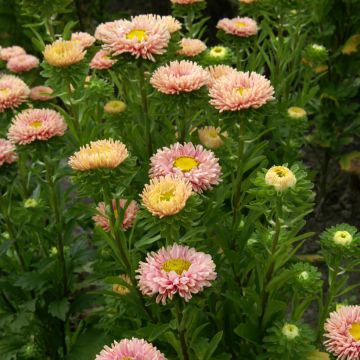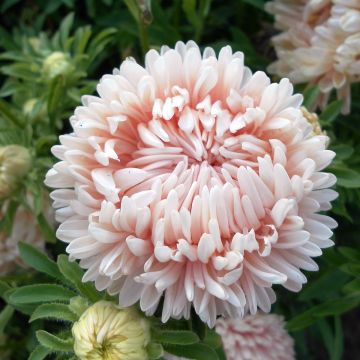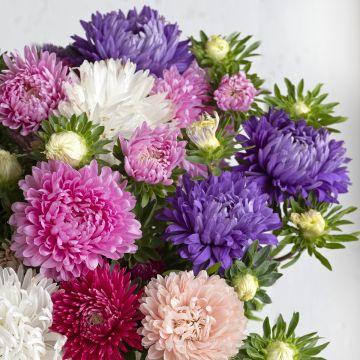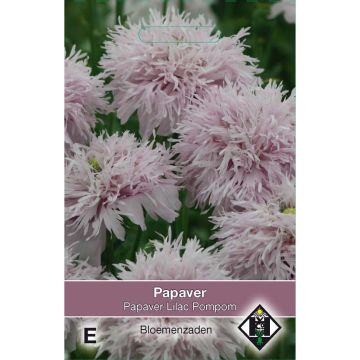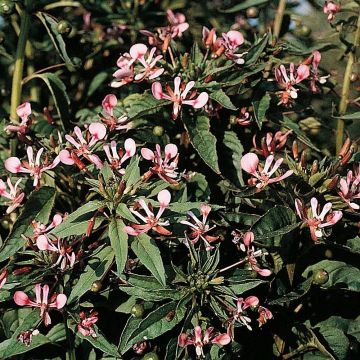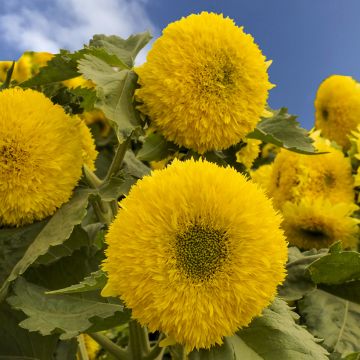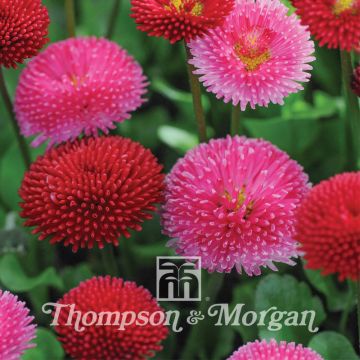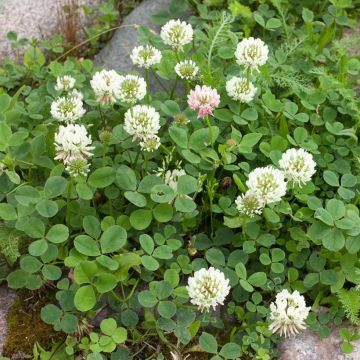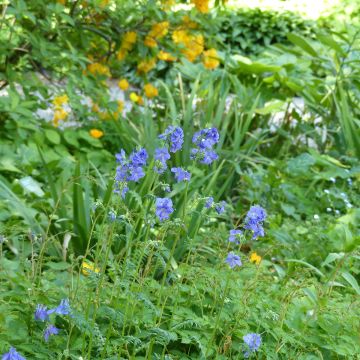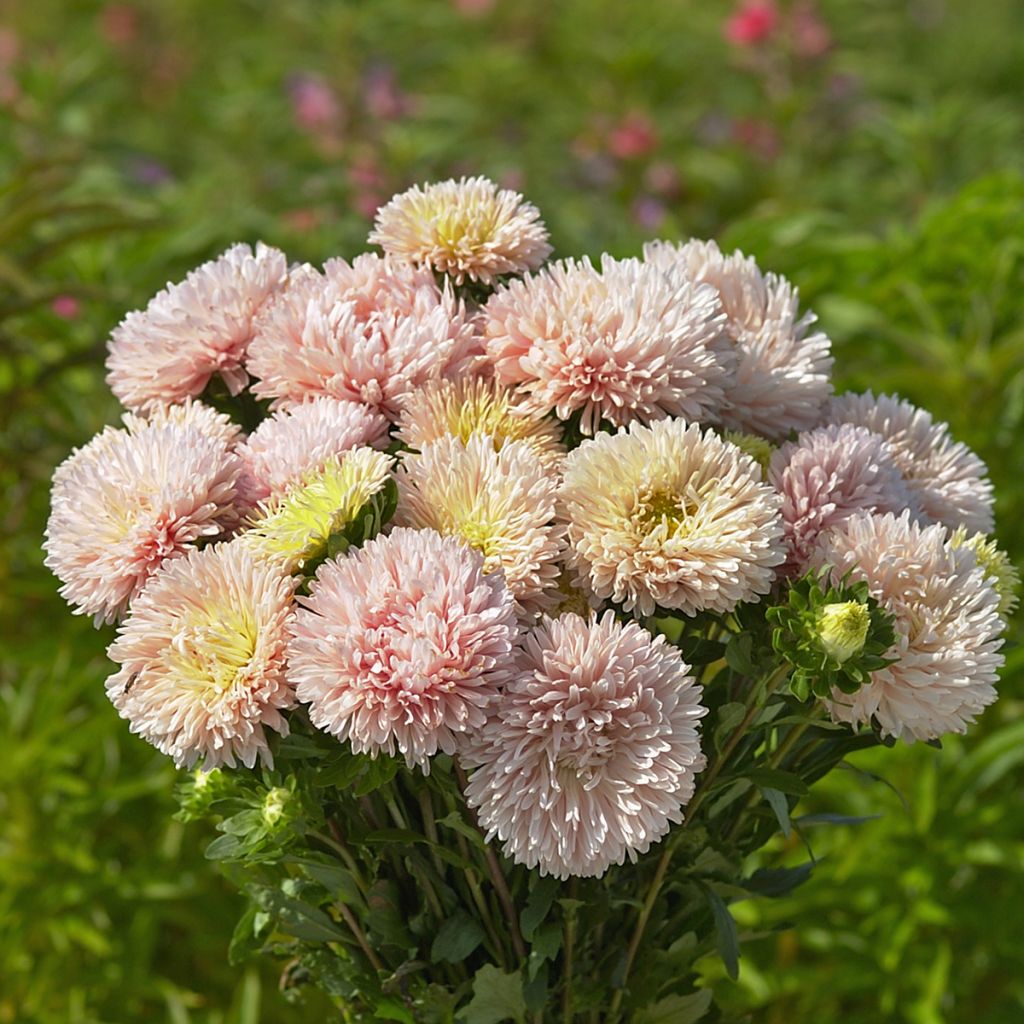

Callistephus chinensis King Size Apricot - China aster
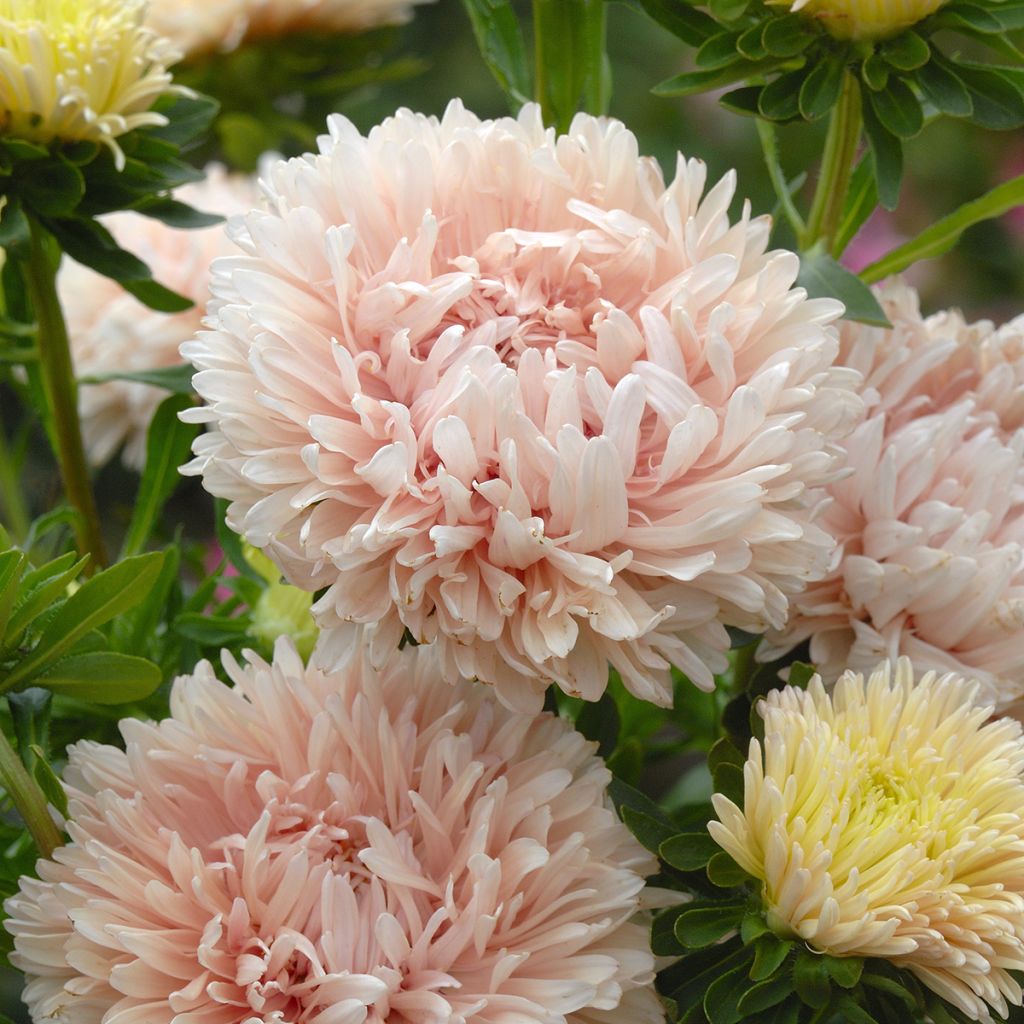

Callistephus chinensis King Size Apricot - China aster
Callistephus chinensis King Size Apricot - China aster
Callistephus chinensis King Size Apricot
China aster
Special offer!
Receive a €20 voucher for any order over €90 (excluding delivery costs, credit notes, and plastic-free options)!
1- Add your favorite plants to your cart.
2- Once you have reached €90, confirm your order (you can even choose the delivery date!).
3- As soon as your order is shipped, you will receive an email containing your voucher code, valid for 3 months (90 days).
Your voucher is unique and can only be used once, for any order with a minimum value of €20, excluding delivery costs.
Can be combined with other current offers, non-divisible and non-refundable.
Home or relay delivery (depending on size and destination)
Schedule delivery date,
and select date in basket
This plant carries a 6 months recovery warranty
More information
We guarantee the quality of our plants for a full growing cycle, and will replace at our expense any plant that fails to recover under normal climatic and planting conditions.
Would this plant suit my garden?
Set up your Plantfit profile →
Description
Callistephus chinensis 'King Size Apricot' produces large double flowers, halfway between dahlias and zinnias, in an unusual colour: a soft apricot pink. They open in a chick yellow shade before turning to this more rosy hue. Perfect in a pot or in a flower bed, this tall variety makes an excellent cut flower, long-lasting and ideal for bouquets. This annual plant is easy to grow. It can be sown in a greenhouse or directly in the ground, in a well-exposed, fertile and well-drained soil.
The China Aster, is a Chinese annual plant from the Asteraceae family with a very ancient cultivation that has produced and still produces many interesting varieties for flower beds and cut flowers. 'King Size Apricot' forms a well-branched plant and reaches 1m (3ft) in height in a few months, with a width of 40cm (16in). Its stems carry oval and toothed leaves in bright green. Flowering occurs from June to September, depending on the sowing date, in 6cm (2in) diameter heads, composed of a double row of ligulate or petal-like florets surrounding a centre of fertile florets. The plant lives only one season, the time to flower and produce seeds.
Callistephus chinensis 'King Size Apricot', with its proud habit, stands out in sunny flower beds. It is cultivated in a well-drained and fresh soil, even limestone. Somewhat old-fashioned, and also called Chinese asters, these remain highly decorative plants, planted in large clumps among other annuals or perennials. The plants flower for months if care is taken to remove faded flowers. They make beautiful and long-lasting bouquets mixed with other wildflowers. Even just for bouquets, sow them in the vegetable garden to get an abundance of flowers in late summer. Among the wide range of varieties, you will find flowers of various shapes, resembling those of chrysanthemums, with thin, very slender petals, sometimes even frizzy, in pompoms or single like those of the species. Large varieties like 'King Size Apricot' will bring life to the back of flower beds. Combine them with flowers of different shapes in all shades of blue, pink or yellow.
Report an error about the product description
Flowering
Foliage
Plant habit
Botanical data
Callistephus
chinensis
King Size Apricot
Asteraceae
China aster
Cultivar or hybrid
Other China Aster seeds
View all →Planting and care
Sowing Marguerite Daisies:
These plants should never be sown in the same place two years in a row. They are sown outdoors from April to May, and transplanted as soon as the plants have 2 to 4 leaves, at a distance of 40 cm (16in), in well-cultivated, moist, and well-fertilized soil, in a sunny location. Water regularly, but sparingly. It is beneficial to transplant multiple times, keeping the root ball intact, to promote root development and slow down the growth of the stems, which would otherwise break under the weight of the flowers.
For earlier flowering, sow under a glass or on a bed, in pots, from February to April. Sow in pots filled with sand and peat under cover, at a temperature of 16 to 20 °C. Transplant into individual small pots when the seedlings have at least four leaves. Plant them in the garden when they reach a height of 15 cm (6in). Use stakes to support the taller varieties with very double flowers. A later sowing in June allows for staggered flowering until the end of autumn. The seeds can then be sown directly in the garden.
Cultivation:
These plants prefer neutral or slightly alkaline, fertile, and well-drained soil, and require a sunny exposure. They will need abundant watering twice a week during dry periods, but be careful to water the base of the plant and not the foliage, as they are susceptible to powdery mildew. Remember to remove faded flowers as they appear to prolong the flowering period and prevent the plant from weakening.
Sowing period
Intended location
Planting & care advice
This item has not been reviewed yet - be the first to leave a review about it.
Similar products
Haven't found what you were looking for?
Hardiness is the lowest winter temperature a plant can endure without suffering serious damage or even dying. However, hardiness is affected by location (a sheltered area, such as a patio), protection (winter cover) and soil type (hardiness is improved by well-drained soil).

Photo Sharing Terms & Conditions
In order to encourage gardeners to interact and share their experiences, Promesse de fleurs offers various media enabling content to be uploaded onto its Site - in particular via the ‘Photo sharing’ module.
The User agrees to refrain from:
- Posting any content that is illegal, prejudicial, insulting, racist, inciteful to hatred, revisionist, contrary to public decency, that infringes on privacy or on the privacy rights of third parties, in particular the publicity rights of persons and goods, intellectual property rights, or the right to privacy.
- Submitting content on behalf of a third party;
- Impersonate the identity of a third party and/or publish any personal information about a third party;
In general, the User undertakes to refrain from any unethical behaviour.
All Content (in particular text, comments, files, images, photos, videos, creative works, etc.), which may be subject to property or intellectual property rights, image or other private rights, shall remain the property of the User, subject to the limited rights granted by the terms of the licence granted by Promesse de fleurs as stated below. Users are at liberty to publish or not to publish such Content on the Site, notably via the ‘Photo Sharing’ facility, and accept that this Content shall be made public and freely accessible, notably on the Internet.
Users further acknowledge, undertake to have ,and guarantee that they hold all necessary rights and permissions to publish such material on the Site, in particular with regard to the legislation in force pertaining to any privacy, property, intellectual property, image, or contractual rights, or rights of any other nature. By publishing such Content on the Site, Users acknowledge accepting full liability as publishers of the Content within the meaning of the law, and grant Promesse de fleurs, free of charge, an inclusive, worldwide licence for the said Content for the entire duration of its publication, including all reproduction, representation, up/downloading, displaying, performing, transmission, and storage rights.
Users also grant permission for their name to be linked to the Content and accept that this link may not always be made available.
By engaging in posting material, Users consent to their Content becoming automatically accessible on the Internet, in particular on other sites and/or blogs and/or web pages of the Promesse de fleurs site, including in particular social pages and the Promesse de fleurs catalogue.
Users may secure the removal of entrusted content free of charge by issuing a simple request via our contact form.
The flowering period indicated on our website applies to countries and regions located in USDA zone 8 (France, the United Kingdom, Ireland, the Netherlands, etc.)
It will vary according to where you live:
- In zones 9 to 10 (Italy, Spain, Greece, etc.), flowering will occur about 2 to 4 weeks earlier.
- In zones 6 to 7 (Germany, Poland, Slovenia, and lower mountainous regions), flowering will be delayed by 2 to 3 weeks.
- In zone 5 (Central Europe, Scandinavia), blooming will be delayed by 3 to 5 weeks.
In temperate climates, pruning of spring-flowering shrubs (forsythia, spireas, etc.) should be done just after flowering.
Pruning of summer-flowering shrubs (Indian Lilac, Perovskia, etc.) can be done in winter or spring.
In cold regions as well as with frost-sensitive plants, avoid pruning too early when severe frosts may still occur.
The planting period indicated on our website applies to countries and regions located in USDA zone 8 (France, United Kingdom, Ireland, Netherlands).
It will vary according to where you live:
- In Mediterranean zones (Marseille, Madrid, Milan, etc.), autumn and winter are the best planting periods.
- In continental zones (Strasbourg, Munich, Vienna, etc.), delay planting by 2 to 3 weeks in spring and bring it forward by 2 to 4 weeks in autumn.
- In mountainous regions (the Alps, Pyrenees, Carpathians, etc.), it is best to plant in late spring (May-June) or late summer (August-September).
The harvesting period indicated on our website applies to countries and regions in USDA zone 8 (France, England, Ireland, the Netherlands).
In colder areas (Scandinavia, Poland, Austria...) fruit and vegetable harvests are likely to be delayed by 3-4 weeks.
In warmer areas (Italy, Spain, Greece, etc.), harvesting will probably take place earlier, depending on weather conditions.
The sowing periods indicated on our website apply to countries and regions within USDA Zone 8 (France, UK, Ireland, Netherlands).
In colder areas (Scandinavia, Poland, Austria...), delay any outdoor sowing by 3-4 weeks, or sow under glass.
In warmer climes (Italy, Spain, Greece, etc.), bring outdoor sowing forward by a few weeks.






























